-
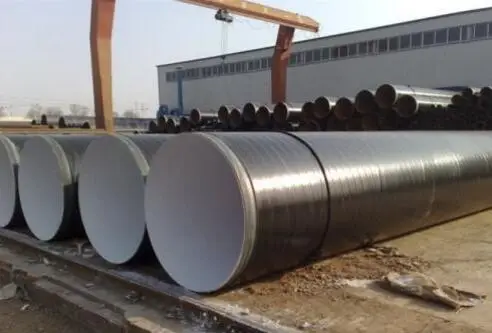
1. the quality inspection of the DSAW pipe should be carried out by the supplier's technical quality supervision.
2. the supplier must ensure that the delivered DSAW pipe meets the specifications of the corresponding product standard. The supplier has the right to check and verify the corresponding product standards.
3. the DSAW pipeline should be submitted for inspection in batches, and the batch rules should conform to the corresponding product standards.
-

First, the difference between the production process
ERW carbon steel pipe is the hot rolled coil through the continuous roll forming, the use of high-frequency current skin effect and proximity effects, so that the edge of the coil heat fusion, pressure in the squeeze roller under pressure welding to achieve production. Therefore, erw carbon steel pipe residual stress is small, through the weld heat treatment, sizing, straightening, water pressure and other processes, the residual stress to further release and reduce. Practice has proved that erw carbon steel pipe in the storage and use of residual stress on the steel pipe does not affect. Without any welding wire, the weld in the physical properties and chemical composition with the plate exactly the same. The quality of the erw carbon steel pipe depends on the quality of the sheet.
-
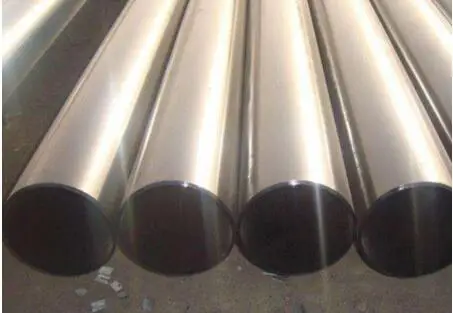
ERW carbon steel pipe welding advantages:
The resistance welding of ERW carbon steel pipe is a way of connecting the workpiece by welding between two electrodes, and applying the current, the application of the current through the thermal resistance produced by the surface of the workpiece and adjacent areas to heat it into the form of molten or plastic, so that the metal is connected.
-
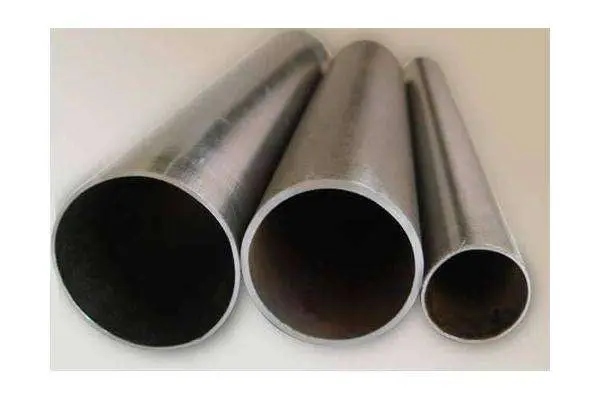
1, Outside diameter tolerance
Seamless pipe: the use of hot-forming process, the sizing is about 8000C to complete the steel pipe raw material composition, cooling conditions and roll cooling state of its outer diameter have a greater impact, so the outer diameter control is difficult to be accurate and the fluctuation range is larger.
ERW pipe: the use of cold forming, through the 0.6% reduction of diameter to complete the sizing, the process temperature is basically constant at room temperature, so the outer diameter control is accurate, the fluctuation range is small, is conducive to eliminate black buckle;
2, Wall thickness tolerance
Seamless pipe: wall thickness control accuracy limit is 0.9mm.
-
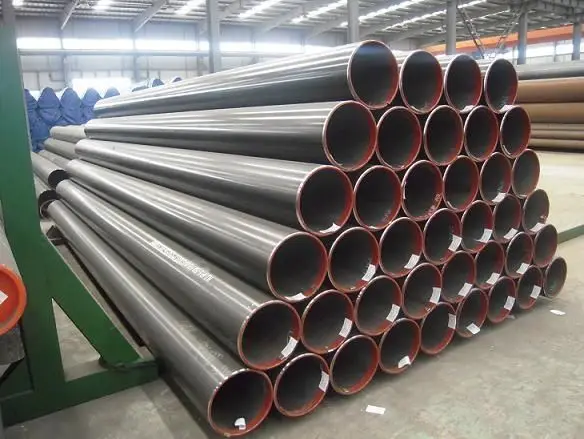
Notes of erw carbon steel pipe in winter:
-
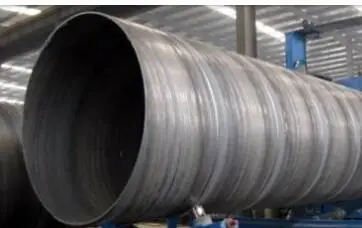
In May 4, 2018, the South African International Trade Management Commission (ITAC) announced that in November 15, 2012, the southern African Customs Union (SACU) imposed anti-dumping duties on six corner screw products imported from China, which expired in November 15, 2017. Southern African Customs Union related industries did not apply for sunset review prior to the termination of the anti-dumping measures. Therefore, with the approval of the ITAC final and the approval of the Ministry of trade and industry of South China, the anti-dumping measures mentioned above have been terminated on schedule.
-
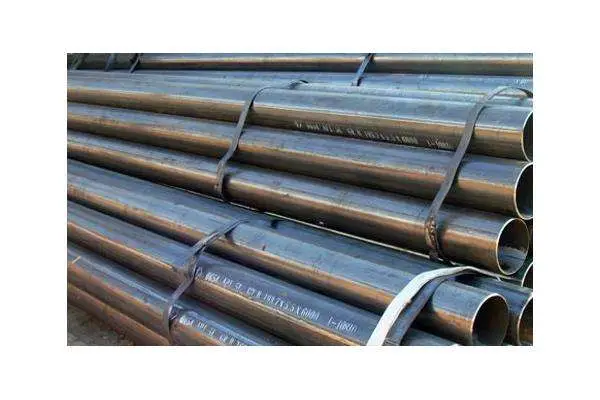
The steel billet is the product obtained by casting the molten steel produced by the steelmaking furnace. Steel billets from the manufacturing process can be divided into two types: die casting and continuous casting billet, the current casting process has been basically eliminated.
Continuous cast steel billet and rectangular billet mainly carbon steel, low carbon low silicon cold rolled material, high quality carbon structural steel, low alloy high strength steel, special steel as the representative.
-

Macroscopic analysis of cracking
Casing pipe crack direction for the horizontal, crack propagation along the circumference, the circumference of about 460mm. The flow can flow from the outer wall of the casing along the middle of the crack into the <24415mm casing, indicating that part of the crack has penetrated the casing wall thickness.
-

ASTM A513 erw carbon steel pipe covers round, square, rectangular, and special shape tubing.
Types of astm a513 erw carbon steel pipe
-
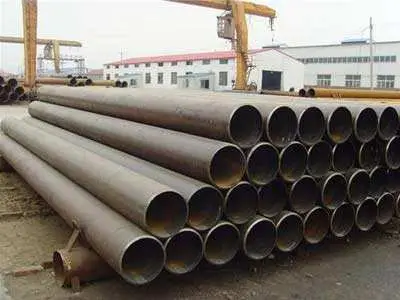
Seamless steel pipe is a kind of long steel with hollow section and no joints. Smls pipe is used for conveying fluid pipe, structure with seamless steel tubes, compared to the solid round steel, in the bending torsional strength phase at the same time, the weight is lighter, is a kind of economic cross section steel, widely used in the manufacturing of structural and mechanical parts, such as petroleum drill pipe, auto transmission shaft, bicycle frame and construction of steel scaffolding and so on.
Smls pipe made of high quality carbon steel or alloy steel, hot-rolled, cold-rolled (pull) of the points.
-
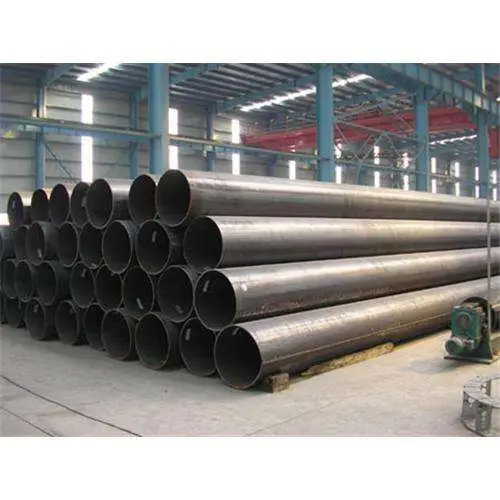
Brazil's imports of long timber in April dropped by 7.03% compared to the same period last year, mainly because of the decrease in imports from Korea and Turkey.
According to the data released by the Brazil Ministry of trade in May 4th, Brazil imported 14 thousand and 800 tons of non alloy long timber in April, down 1 thousand and 100 tons in last year's 15 thousand and 900 tons.
In April, Brazil imported the largest amount of timber from Korea, reaching 4556 tons, although it dropped by 15.1% from 5367 tons last year.
Last month, only 249 tons of imported materials were imported from Turkey, down 85.6% from 1727 tons last year.
In the first four months, Brazil imported 85 thousand tons of long timber, up 50.2% from 57 thousand tons last year.
Due to higher costs and the revival of the construction industry, the price of rebar in Brazil was relatively strong in May.
The monthly reference price of Brazil rebar has risen from 2200-2400 reya / tonnes (US $623-680 / ton) last month to 2380-2580 reya / tonnes (US $674-731 / ton) this month.
-
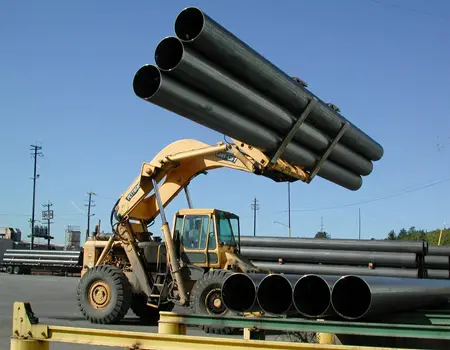
On May 8, 2018 at 9:16 in the morning, by the China Metallurgical jiaonai design and construction of the China 22mcc Belt and Road Initiative "key project - Malaysia Kuantan Industrial Park, 3 million 500 thousand tons of Steel Project No. 2 coke oven put into production smoothly.
-
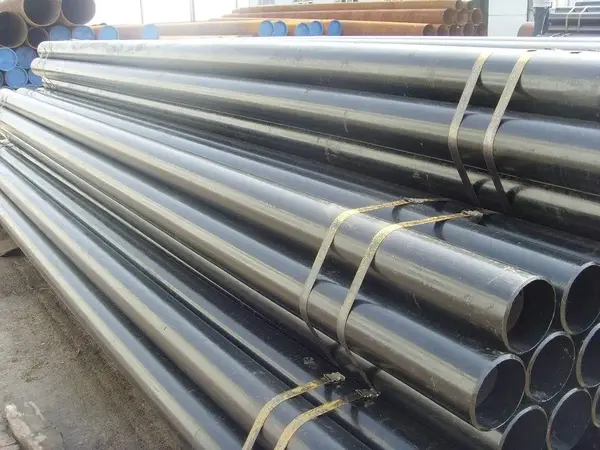
SMLS Pipe Weight
-
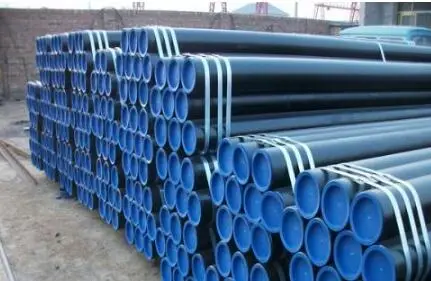
SMLS Pipe Sizes Chart
-
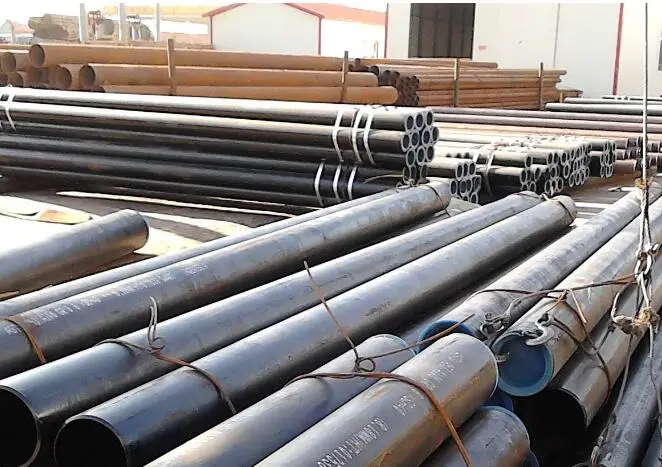
The cooling bed of seamless pipe production line has single chain cooling bed, double chain cooling bed, new chain cooling bed, step cooling bed and spiral cooling bed.
1, single chain cold bed
The single strand cold bed adopts a climbing structure. The cooling bed includes a forward conveyor chain and a fixed guide rail with a drive system. The steel tube is placed between the two handles of the forward transport chain, and the fixed rail bears the weight of the steel tube body. The single strand cooling bed uses the friction force of the forward chain claw and the fixed guide rail to rotate the steel tube, and at the same time, depending on the weight and the lifting angle of the steel, the steel pipe is always close to the forward chain claw to achieve the smooth rotation of the steel.
-
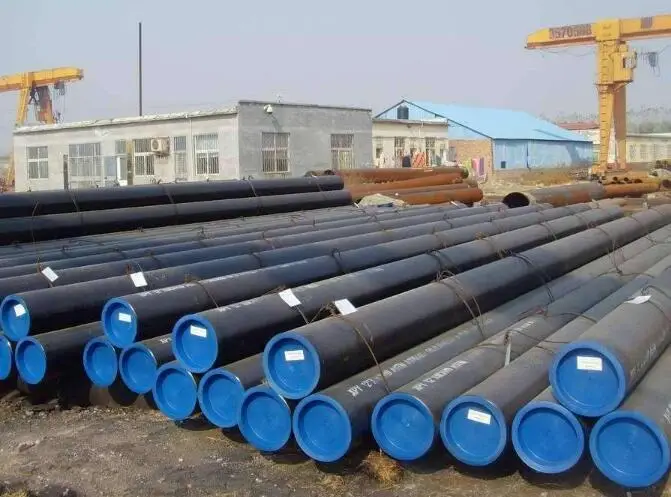
Cracks of smls pipe are:
First, the tube (round steel) for many reasons, the internal contains more cracks, inclusions, air bags and so on. Organization of the uneven is the reasons for the tube, pay attention to the choice of the implementation of the tube blank standard, a certain size of the manufacturers of round bar on the line.
-
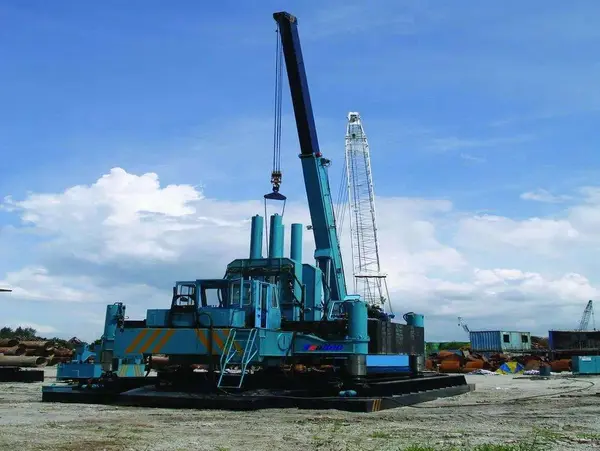
Four stage tensile test of small-diameter seamless steel pipe
(1) elastic stage: the deformation of the sample at this stage is completely elastic, and the original length of the sample will be restored when all load is written. The modulus of elasticity of the material can be determined at this stage.
-
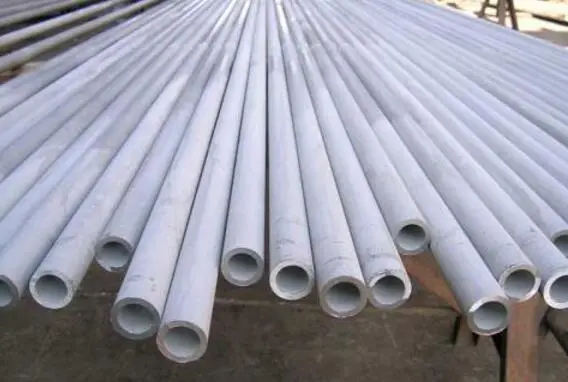
Seamless steel pipe products and specifications are very numerous, and their performance requirements are various. All of these should be distinguished according to user requirements or changes in working conditions. In general, SMLS pipe products should be based on cross section shape, production method, material quality, connection mode, plating characteristics and classification.
-
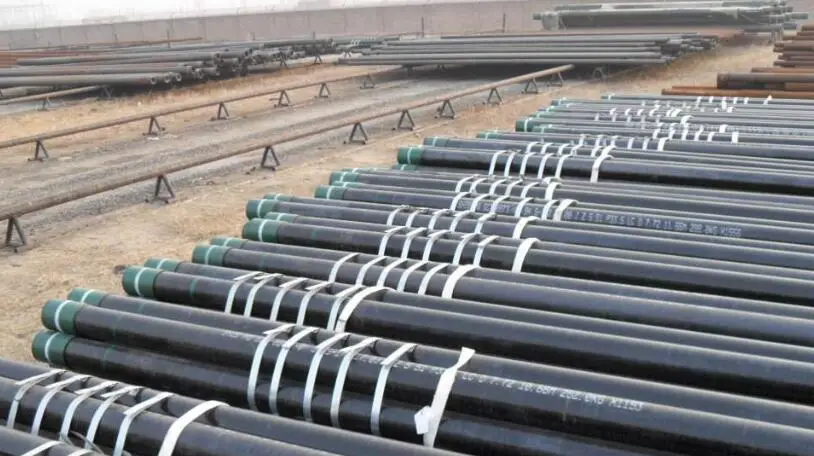
The hot rolled Smls steel pipe is defined as a spiral, half spiral or irregular toothed fold in the inner surface of the steel tube, and some of them are linear Alice skins. The head of the steel pipe has internal fracture, some of which exist in the whole steel pipe, or regular or irregular. Defective steel pipes can be grinded and broken down after being broken. Internal defects have always been one of the main reasons that affect the production and output indexes of steel pipes. There are two main reasons for internal defects: continuous casting billet quality (internal) and perforating process system (external factors).
-
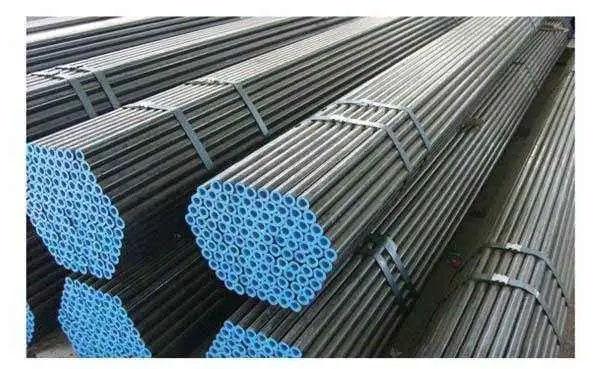
1. Material problem of SMLS pipe material
Many companies use more materials and materials, usually referring to the amount of nickel. Although it can be used to distinguish medicine, it is obvious that this is a misunderstanding, because small charge can only be identified by more than 7 nickel. But the price difference between raw materials is very large. This is one of the fake products. In particular, 321 of high nickel and 316 of high nickel forgery are very serious.
-
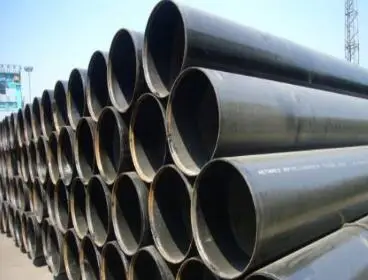
Ordinary steel pipes, such as water pipes, are usually welded through a curved steel plate, and then a weld can be found; the coarser diameter is usually a spiral weld.
SMLS pipes are usually molten steel which is formed by the process of backfilling and stretching after ring gap slit, so there is no weld. In terms of performance, especially the pressure capacity is much higher than that of ordinary steel pipe, so it is often used in high voltage equipment.




















